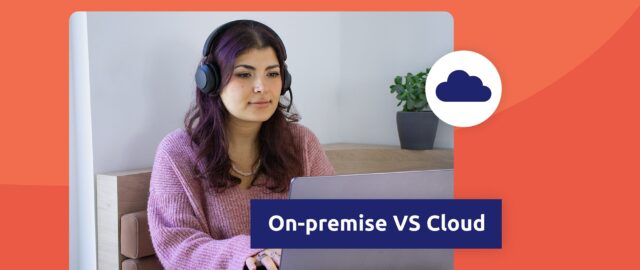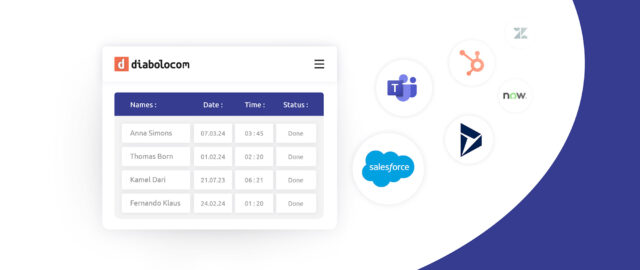Video and voice: how does it work?
Sometimes, “showing” is more effective “describing” things out loud:
- Troubleshooting/remote assistance – When a customer calls the hotline or the technical support of his supplier because he is confronted with a breakdown or malfunction of an equipment, be it a boiler, or a washing machine, the agent may suggest a video session rather than losing time trying to understand what is wrong.
- Establish (pre-)diagnosis– If the problem cannot be solved remotely, the videoconference gives technicians/experts the possibility to perform a more accurate diagnosis/pre-diagnosis before triggering an on-site intervention. This camera-based pre-qualification of the problem also makes it possible to dispatch skilled technicians on site and to provide the necessary parts and tools to fix the situation. This allows the company to avoid trips with little added value and increase its first visit resolution rate, which remains a major criterion of customer satisfaction.
Combining these two use cases in a B2B context, the experts of Air Liquide’s technical assistance platform rely on Diabolocom solution. They now use the platform’s voice video feature to identify, qualify and solve or escalate problems remotely.
- Accelerate a process like claims reporting in automobile or home insurance: a client who calls an insurer as AXA can use his camera to show the agent the extent of the damage following a fender bender. The claims handler can thus, in the course of a single communication, ask the client to zoom in on a particular item, confirm whether or not he or she is covered for this type of claim, assess the amount and open the claim file directly. The insurer eliminates the steps that often make the client’s claim so different: filling out online forms, sending photos and videos to support the claim, etc. The client is then able to obtain the information he or she needs to make a claim.
- Confirm customer’s identity – For example, when opening an account, the N26 mobile bank uses video to support their customers through formalities. The client can see the agent and is able to ask him or her questions face to face. The agent can have access to the customer’s camera in order to view his ID card, check its validity and photograph it to complete his subscription file. This is what allows N26 to announce an account opening in just 8 minutes!
Curious to know more about Diabolocom?




